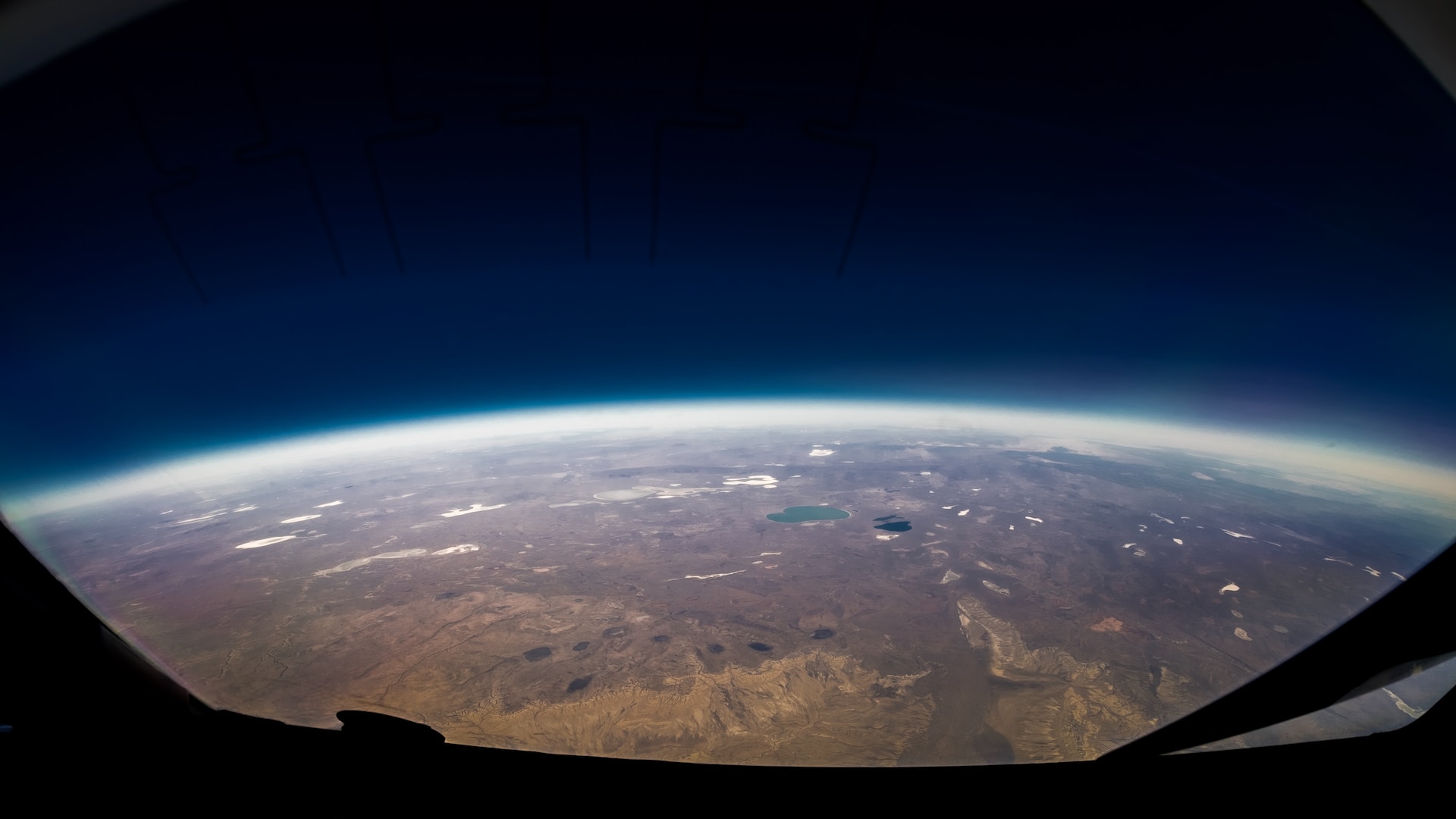The evolution of the Earth’s climate is a rather complex process that has been formed for billions of years. The latest study has revealed how important the ozone layer is for the temperature of the Earth’s surface. If there was no ozone layer, the planet would be 3.5°C colder.

The climate of our planet is formed by many processes. In simple terms, the Sun emits light, some of which is reflected by the atmosphere, and the rest reaches the surface of the Earth. Part of this light is absorbed by the atmosphere and the earth, and the other part is reflected back into space. However, some of this radiation is reabsorbed by the atmosphere, forming a greenhouse effect that traps heat around the Earth, resulting in a higher surface temperature. This is just a simplified scheme, since the climate still depends on many factors, such as the composition of the atmosphere, ocean currents and atmospheric circulation.
The ozone layer, which is located in the upper part of the atmosphere, plays an important role in protecting the Earth’s surface from harmful ultraviolet radiation from the Sun. However, many climate models do not take into account its influence. However, a new study published in the journal of preprints arXiv explores the role of the ozone layer in climate processes.
At the beginning of the Earth’s history, the ozone layer did not exist at all. It emerged only after the appearance of life and gradually stabilized over many billions of years. Although molecular oxygen, which makes up a significant proportion of the atmosphere, does not have much influence on climate, the ozone layer is an important factor.

The researchers conducted a series of climate simulations, changing the amount of ozone in the atmosphere, and found that the presence of ozone had a significant effect on the temperature of the Earth’s surface. On average, it raises the temperature by about 3.5°C. If the ozone layer disappears, whether due to human activity or for other reasons, it will have catastrophic consequences for the climate.
One of the consequences of the disappearance of the ozone layer will be the cooling of the upper stratosphere. Cold air will not be able to hold as much moisture, so the stratosphere will become drier. Water vapor is an important greenhouse gas, so reducing its amount will lead to a decrease in the greenhouse effect.
In addition to temperature changes, the disappearance of the ozone layer will also affect the overall climate. The absence of ozone and cooling of the stratosphere will lead to instability of the atmospheric layer, which prevents the formation of clouds. This will lead to a change in the height at which clouds are formed. In addition, this will also lead to a change in the jet streams of air, in particular, more activity at the equator and a decrease at the poles. This will have a radical impact on seasonal weather conditions at all latitudes.
This study once again emphasizes that the Earth’s atmosphere is a very complex system in which each component plays an important role in determining the climate and the existence of life.
Earlier we reported on how the Earth’s atmosphere “boiled” from the eruption of the Tonga volcano.
Follow us on Twitter to get the most interesting space news in time
https://twitter.com/ust_magazine
